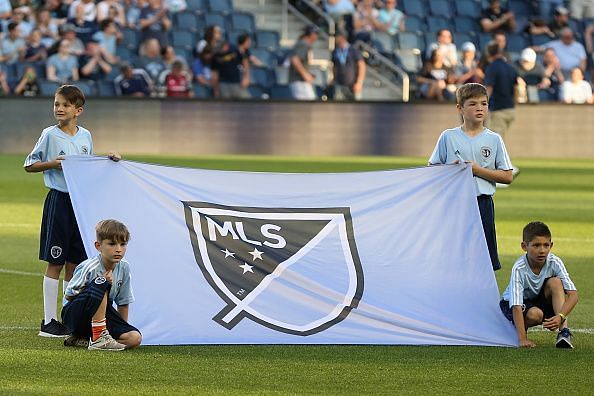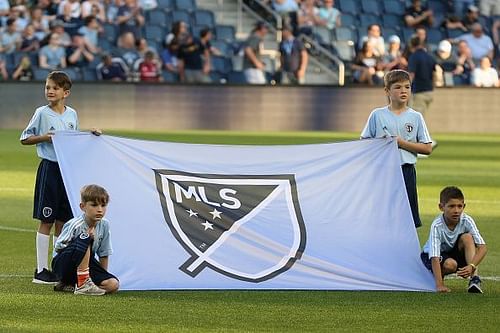
3 Things the MLS Needs to Consider Changing

The MLS has slowly been gaining popularity over the last few years. The average attendance for an MLS game in 2000 was 13,756. In 2017, that number has risen considerably with league attendance averaging 22,106.
TV viewership has also improved steadily. From 2015 to 2017, viewers were up from 219,000 to 253,000. Besides viewership and attendance, the league itself has been growing. MLS officials expect to have up to 26 teams by 2020.
Considering the league only started in 1996 with 10 teams, the growth shown so far is exciting for US soccer.
The rise in viewership and attendance can be attributed to the general growth in interest for the sport, especially among parents who see the sport as a better alternative to American Football.
While the steady growth of the league has been an encouraging sign for US football, there is still much room for improvement.
If the MLS and US football want to become a global power, they will need to consider making significant changes, from transfer policy to the actual structure of the league.
#1 Implementation of Relegation and Promotion

Although there is only one major division, there is a "second-tier" league in the US called the United Soccer League. While it wouldn't be wrong to think of the USL as a second division, the issue lies in the fact that there is simply no connection or synergy with the MLS.
They are independent leagues, but the MLS just happens to be more popular. Consolidating the two-leagues could be an easier path for the implementation of multiple divisions. Currently, there are 23 teams in the MLS. In addition to these teams, there are already three confirmed expansion teams (from Cincinnati, Miami, and Nashville) expected to be fully operational by 2020.
From the current trend, it would seem that the MLS is only getting bigger with more cities wanting their own team.
Soon enough a single league structure simply would not work for so many teams. Currently, the US football only has one major division which is Major League Soccer. The league is simply split between two conferences, with the winner of the two meeting in the finals for the championship.
There is no movement at the bottom of the conferences table. In simpler terms, there is simply no consequence for having a bad season. Everywhere else in the world, leagues have multiple divisions with yearly relegations and promotions.
Multiple divisions can also lead to more revenue for the league through broadcasting rights. There will be more matches to telecast.
While many would think that matches in the lower leagues are much less valuable, it would not be entirely true. The promotion play-off final in England is estimated to be worth over $200 million.
The only fight during the regular season is to make the playoffs. The added dimension of avoiding relegation would make the entire league more exciting.
With the introduction of promotion and relegation, teams will be incentivized to perform at the highest level, giving the viewers and fans a more competitive league to watch.
The lower divisions will also be more competitive since they will have major incentives to finish top and achieve promotion to the MLS. Teams in the USL will have more viewership, excitement and financial rewards.